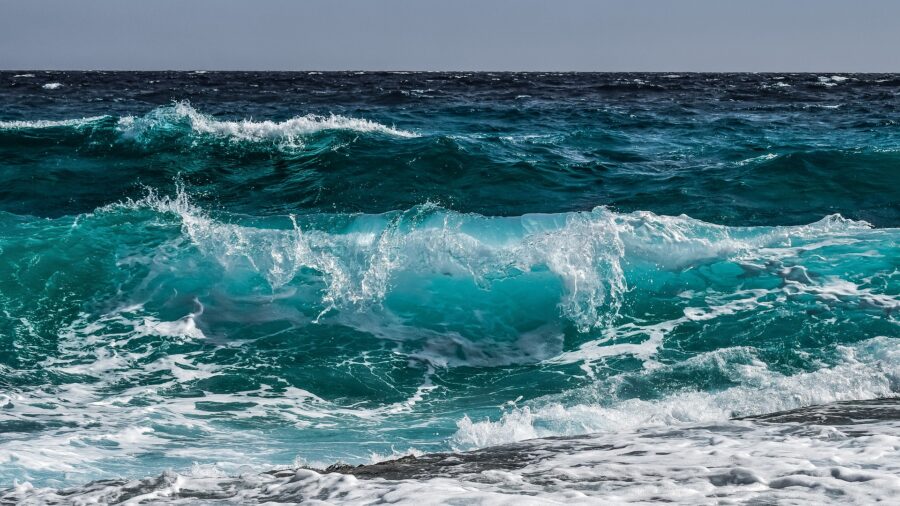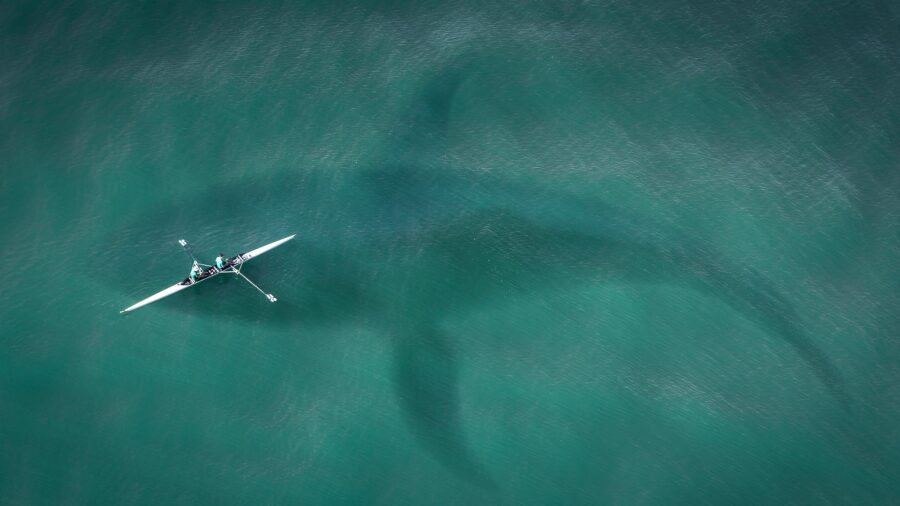Scientists Find Whole New Environment Under The Ocean Floor

New life has been discovered deep underground within the Pacific. When scientists probed deep underneath the seafloor, they turned over volcanic crust with the aid of an underwater robot. What they discovered was an entirely new ecosystem.
The Schmidt Ocean Institute led an expedition with a team of international researchers. They investigated a known site that still has many discoveries to unearth, according to an article by Science Alert.
“This truly remarkable discovery of a new ecosystem, hidden beneath another ecosystem, provides fresh evidence that life exists in incredible places.”
-Jyotika Virmani, The Schmidt Ocean Institute’s executive director
Various subsurface fluids were found coursing beneath the ground. The institute’s executive director, Jyotika Virmani, talked about how this is the first time they’ve looked for life in such underground spots. It’s also their first time discovering animals in such a spot.
The ocean seems to keep hiding secrets, waiting to be unearthed. Virmani says, “This truly remarkable discovery of a new ecosystem, hidden beneath another ecosystem, provides fresh evidence that life exists in incredible places.”
A new ecosystem has been discovered in the ocean, hiding in hydrothermal vents.
The new life was found beneath hydrothermal vents. They were first discovered in the 1970s as vents that spewed out hot fluids loaded with minerals. For being located at such a deep and dark location, the thought of life existing beneath hadn’t occurred.
Even though there was no sunlight at such a depth, life found a way. An ecosystem of worms, snails, and chemosynthetic bacteria was discovered in this environment. The sealife relied more on the minerals to stay alive at such a depth.

This discovery will expand our understanding of underwater life and hydrothermal vents. Ecologist Monika Bright from the University of Vienna stated as much.
She would also expand on how the vents harbor life from above and below. She said, “Vent animals above and below the surface thrive together in unison, depending on vent fluid from below and oxygen in the seawater from above.”
While there was plenty of fascinating life to observe, the most intriguing may be the tubeworms. Scientists have discovered that these creatures can swim through volcanic fluids. This makes it easier for them to get around and establish new locations to thrive.
This discovery was made by experimenting on the coast of Central America. A remote-controlled robot cleared the ocean floor that was 2,500 meters down.
“Vent animals above and below the surface thrive together in unison, depending on vent fluid from below and oxygen in the seawater from above.”
Monika Bright, ecologist from the University of Vienna
At first, the site seemed devoid of life. It was only after the scientists attached a box that life would congregate. They returned to the box a few days later to find that the box had become home to some new visitors.
But how did the animals arrive at such a location? It’s speculated that they traveled through the cracks of the seafloor. So, as this might imply, new life is waiting to be dug up in the darkest depths of our oceans.
Wendy Schmidt, president/co-founder of the Schmidt Ocean Institute, highlighted how this new information stresses the need for further underwater research. As she puts it, “The discovery of new creatures, landscapes, and now, an entirely new ecosystem underscores just how much we have yet to discover about our Ocean–and how important it is to protect what we don’t yet know or understand.”
What other secrets lie under the surface remains to be seen. Scientists could find even more new ecosystems and creatures, big, small, or ancient. The full findings will be posted later in the coming months, giving us a bigger idea of what lurks in the darker depths.












